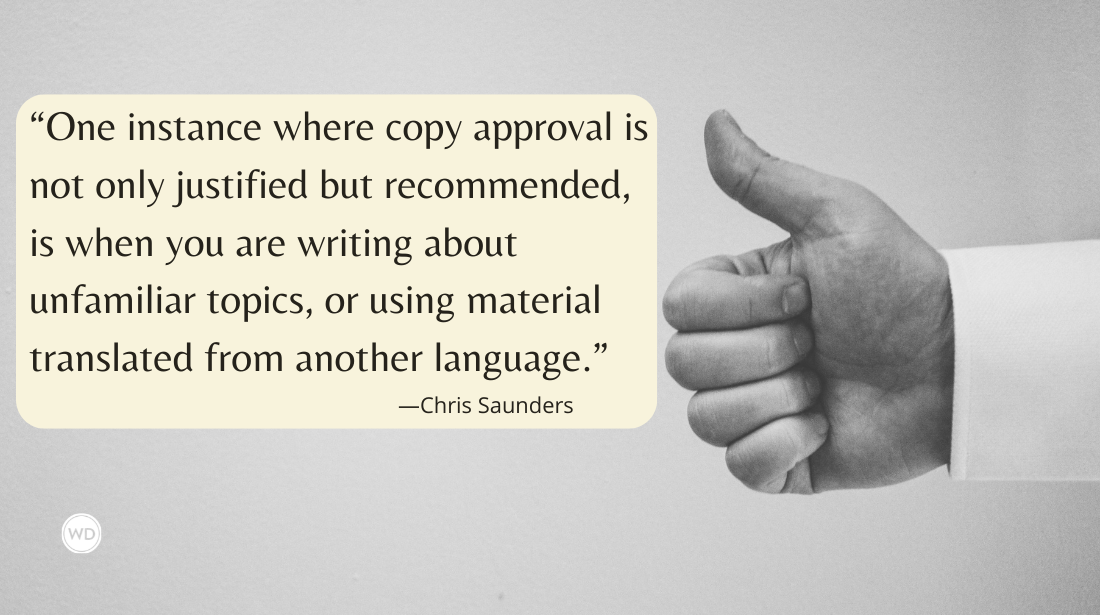5 Steps for Writing a Successful Parenting Book
Author Sophia Vale Galano shares five steps for writing a successful parenting book to benefit parents and children alike.
Parenting in our current world is a complex topic which warrants support. Children today are living in a vastly different society than most parents experienced during their own childhood. Parents, guardians, and caregivers are seeking guidance on how to raise a well-rounded and happy child.
Fortunately, this is where writers and parenting experts can help. Parenting books provide the much needed advice families are hoping to find. As the author of Calming Teenage Anxiety: A Parent’s Guide to Helping Your Teenager Cope with Worry, I recommended the following five steps in writing a successful parenting book.
Step One: Select a Niche Demographic, Population, or Concern
With numerous parenting books on the market, it is helpful to begin by narrowing down your focus. While many topics in parenting can be applied throughout a child’s lifespan, consider specializing in one age range or demographic. To clarify, target your audience to parents of teenagers, middle schoolers, or a certain age range. If this does not feel applicable to your work, select a distinct concern or problem to address. For example, focus on “parenting children with anxiety” or “parenting kids with ADHD.” Not only can this make you an expert in a particular area, but also creates a less daunting writing process for you.
Step Two: Provide Concrete Tools and Techniques
Most parenting books examine the multitude of difficulties children experience today. These books frequently explore the factors contributing to the problem and provide stories of those who are suffering. However, parents are seeking solutions and strategies to alleviate specific concerns. While it is important to acknowledge the contributing factors to certain issues, I advise providing concrete tools and techniques for parents. To specify, I suggest listing exact words, phrases, and actions for parents to utilize.
Step Three: Offer Case Scenarios and Examples
In conjunction with supplying your reader with clear language to use in their parenting, it is essential to offer scenarios and examples. Parents can better grasp when to use specific tools if provided with a case study. Explore realistic situations and possible outcomes for parents when using techniques and strategies. Additionally, you might want to emphasize what would create a successful, versus an unsuccessful, result from a particular scenario.
Step Four: Enhance Accessibility
While I recommend finding a particular niche, I also encourage you to make your book accessible to all types of parents. Every parent can benefit from additional tools, resources, and guidance, even if they are already confident in their parenting. Allow every parent to benefit from reading your book. Ensure that the parent with a doctorate, as well as the parent who did not complete high school, can gain insight from your writing.
Step Five: Be Authentic
Be authentic in your writing, and keep it real for your readers. Acknowledge that parenting can be challenging. Affirm that it is understandable for parents to be discouraged, annoyed, or frustrated at times. Provide a breath of fresh air for parents, rather than forcing your readers to pretend everything is okay. While it is important to maintain a positive tone in your writing and encourage parents to stay optimistic, be real and grounded.
Check out Sophia Vale Galano's Calming Teenage Anxiety here:
(WD uses affiliate links)









